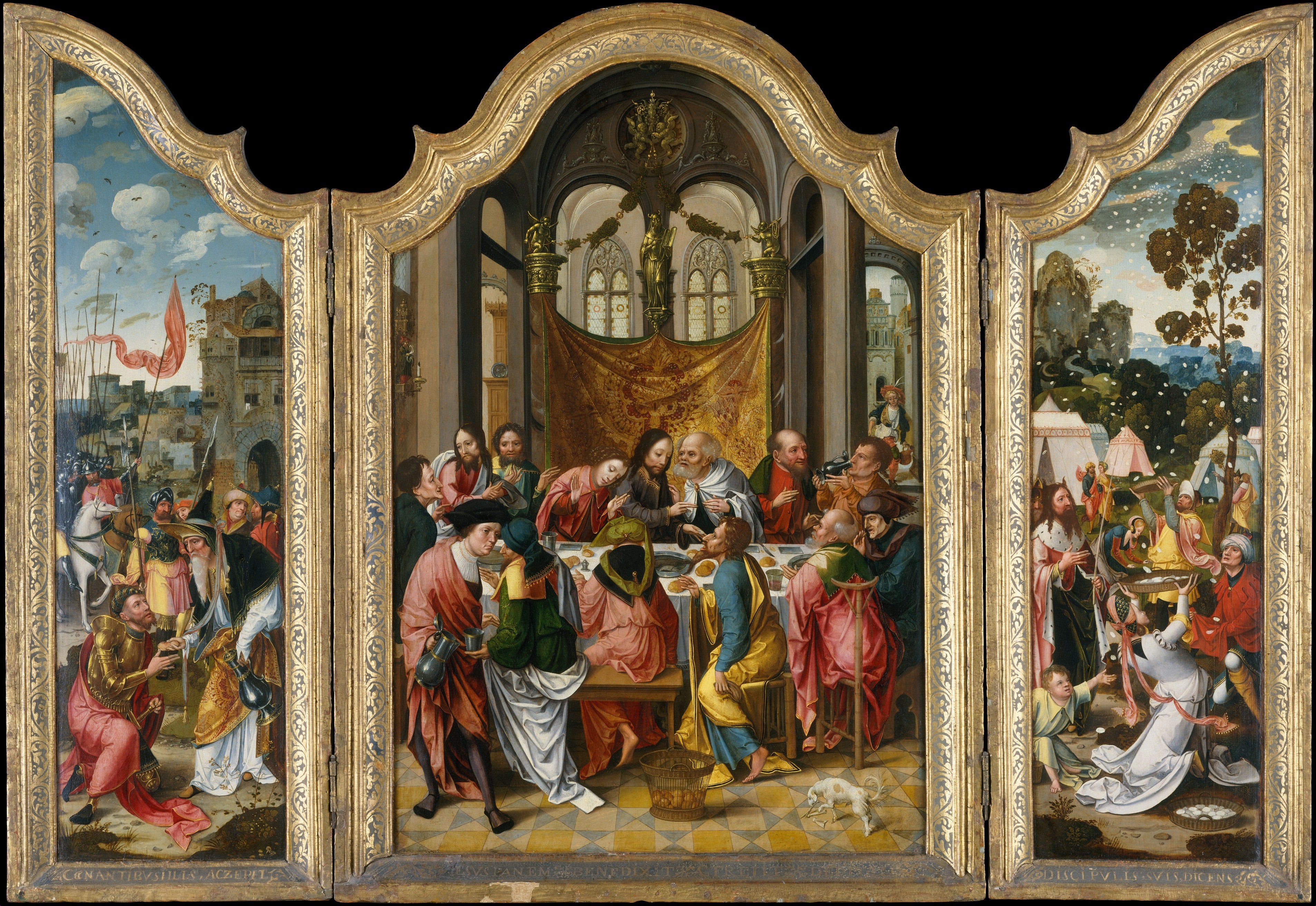God’s Good Feast
It is not good to practice a wholly ephemeral form of spirituality—one
devoid of incarnation and physicality. If your only experience of God’s love is
a warm feeling from words read or heard, you may miss a gracious avenue towards
comfort and assurance, Christ’s body and blood given for you. After all, there
are so many physical signs in this world that point to fear and death, you
ought to receive at least one sign of God’s love and life, for you!
It is not good to worship and to eat in ways that dismember the body of
Christ, that maim members of it. It was wrong for the Corinthians to make
economic and educational distinctions in how people received the Lord’s Supper,
such divisions of the Table are still wrong!
It is not good for communion to be done in a way that makes it
unrecognizable as a feast. On one hand, that can be caused by the disposition
of those who receive the feast, but also by the type of elements used (have we
provided stale bread and sour wine?) and their treatment by the presider (have
we made Holy Communion something to plow through and get over, or is it still a
celebration?).
It is not good to, in seeking innovative ways to make it plain that
Holy Communion is a Holy Feast, innovate for innovation’s sake. Changes without
a why behind them are unclear at best, soul slaying at worst.
It is good to remember and be re-membered as a community by the stories
of faith that culminate in our celebration of Holy Communion.
It is good to receive a physical promise of God’s love and presence in
a world filled with signs of the opposite. The Eucharist needs to be as
physical as a bullet, a knife, or a crowbar.
It is good to celebrate the feast of God in a way
that highlights expansive community, the overabundance of God’s goodness and
grace, and the joy of receiving what we are, the body of Christ.
It is good to worship on occasion in ways that center
the sacrament of Holy Communion and are clearly a meal. One I offer to you is a
way that points back to the Early Church’s house church tradition—dinner
church. Perhaps these recentered moments of worship might be the place to try
and make the meal culturally and contextually relevant to those in attendance
and those who you think the Spirit might be drawing into attendance.



Comments
Post a Comment